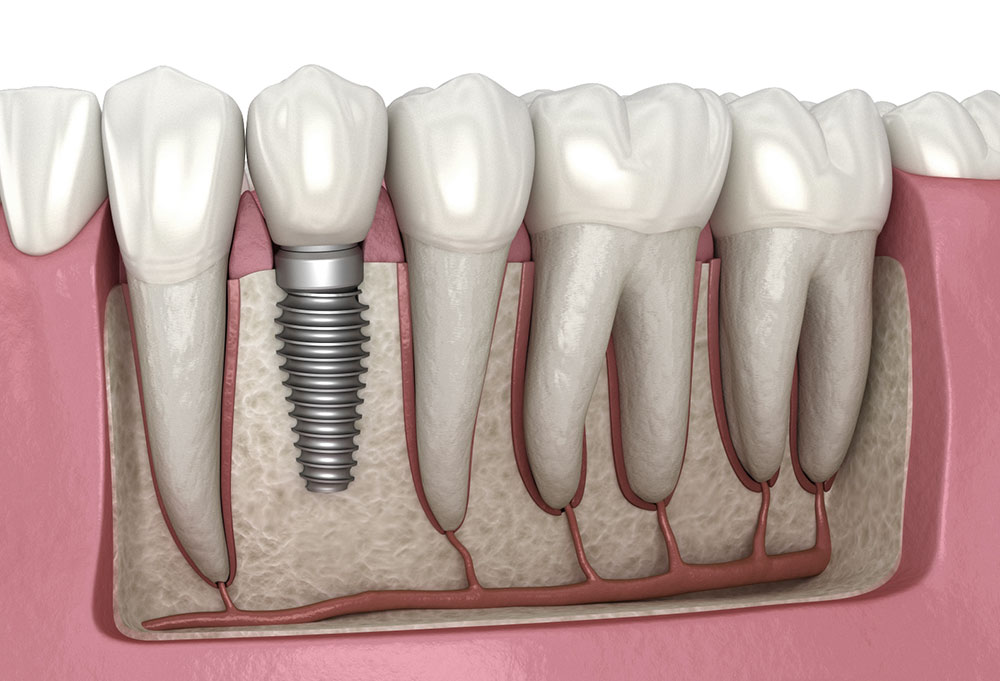Are you searching for the best dental implants so you may replace your dentures and face the world confidently?
You may be someone who has lost their teeth and feels shy when you smile and talk to others. Another health issue that concerns you is developing poor eating habits as you find it challenging to chew certain foods.
Dental implants can make a huge difference as it provides a full restoration option by replacing missing teeth. They are not just dentures but a complete tooth replacement with artificial roots to offer full support to help prevent jawbone loss.
In this article, you’re going to learn about the two main types of dental implants and how these will serve your needs best.
We must forewarn you that to have dental implants near you fitted; you need to have adequate bone support and healthy gums. Your dentist in Livonia will advise you to commit to keeping your gums and bones healthy with a meticulous oral hygiene routine.
How to Determine if You’re a Good Candidate for Dental Implants?
By visiting a dentist near you, they will evaluate you to establish if one of the two main types of dental implants is right for you.
When you’re missing a tooth, the bone around it starts to degenerate. A specific amount of bone must be present for the post to fuse with it. There may not be enough bone to undergo dental implant surgery if you have been missing a tooth for a long time.
Dentists will make use of a CBCT scanner to determine this. This cutting-edge technology allows dentists to assess your bone quantity by providing them with a 3D view of your mouth and jawbone. They will proceed with your customized treatment plan if you have enough bone.
You can always opt for a bone grafting treatment if you don’t have enough bone for dental implants in Livonia. This procedure can aid in the regeneration of bone and tissue in your body. You can proceed with dental implant surgery once you have enough bone.
The Two Main Types of Dental Implants
Dentists will choose from various coatings, connectors, and sizes for each type of dental implant. While there are multiple ways to place implants, they usually fall into two groups.
1 – Endosteal Implants: The most common form of dental implant is endosteal. These are either screwed in using threads or a cylinder type, or bladed. Your dentist will offer their professional advice as to which dental implant is right for you. However, endosteal implants are considered as the safest option.
Endosteal implants begin by drilling into the jawbone and inserting a titanium screw that serves as an artificial root. You must wait for your soft tissue and the bone around the root to recover before you can complete the treatment. It’s not uncommon for this to take a few months.
Endosteal implants are one of the most stable and natural-feeling options available.
2 – Subperiosteal Implants: Nowadays, subperiosteal implants are rarely used. They used to be primarily used to secure dentures in people with insufficient bone height. Subperiosteal implants are inserted beneath the gum tissue on the jawbone, with the metal implant post visible through the gums to hold the denture.
Treatment: Subperiosteal implants require only two appointments and have a far shorter treatment time than endosteal implants.
Subperiosteal implants lack the same level of stability as traditional implants since they do not go into the jawbone but rather lay on top of it, held in place primarily by soft tissue.
Both types of dental implants are viable options. Speak to Majestic Dentist for professional advice to determine which would be your best option.

